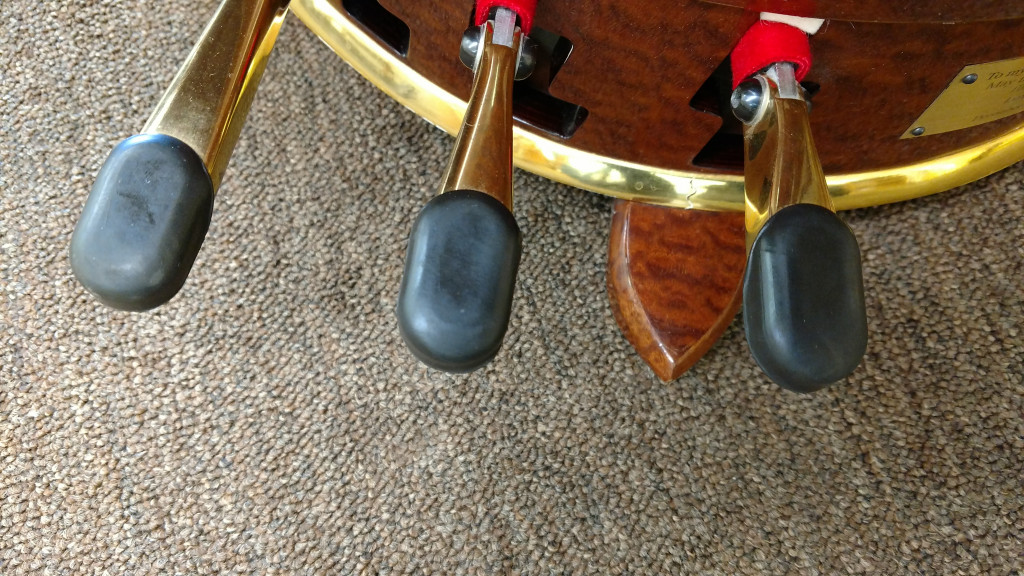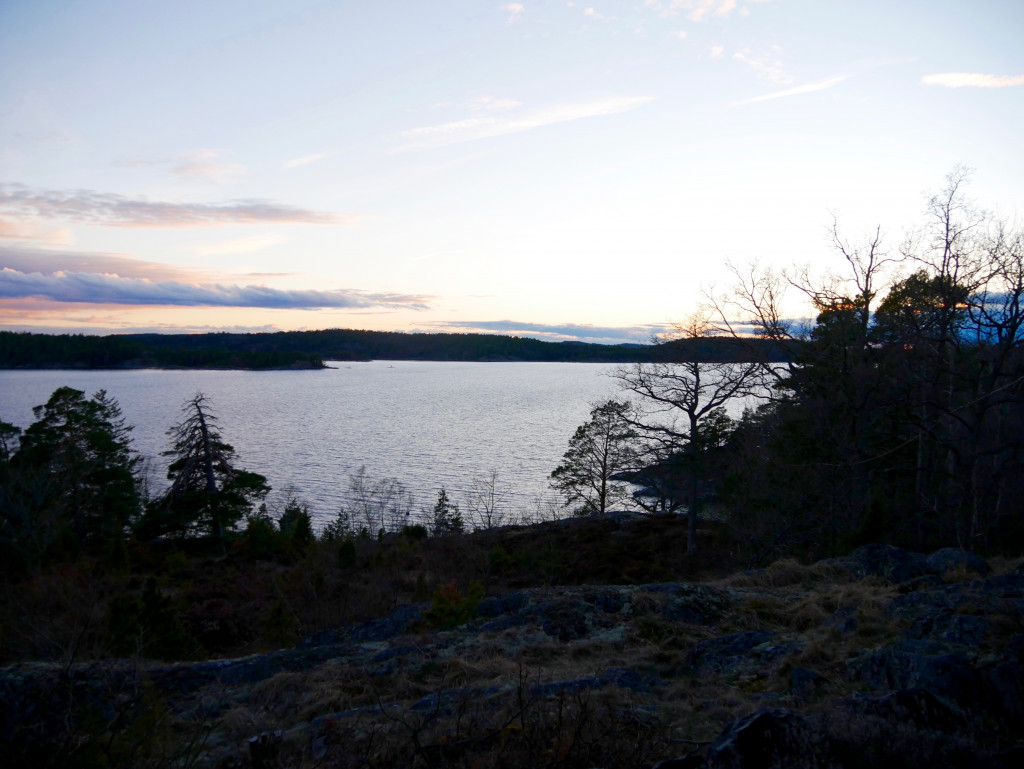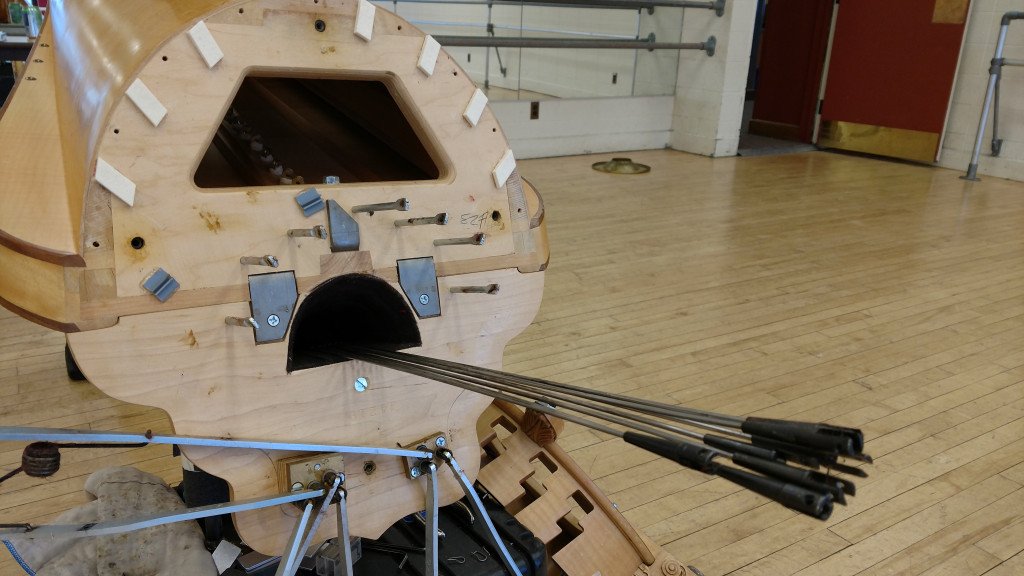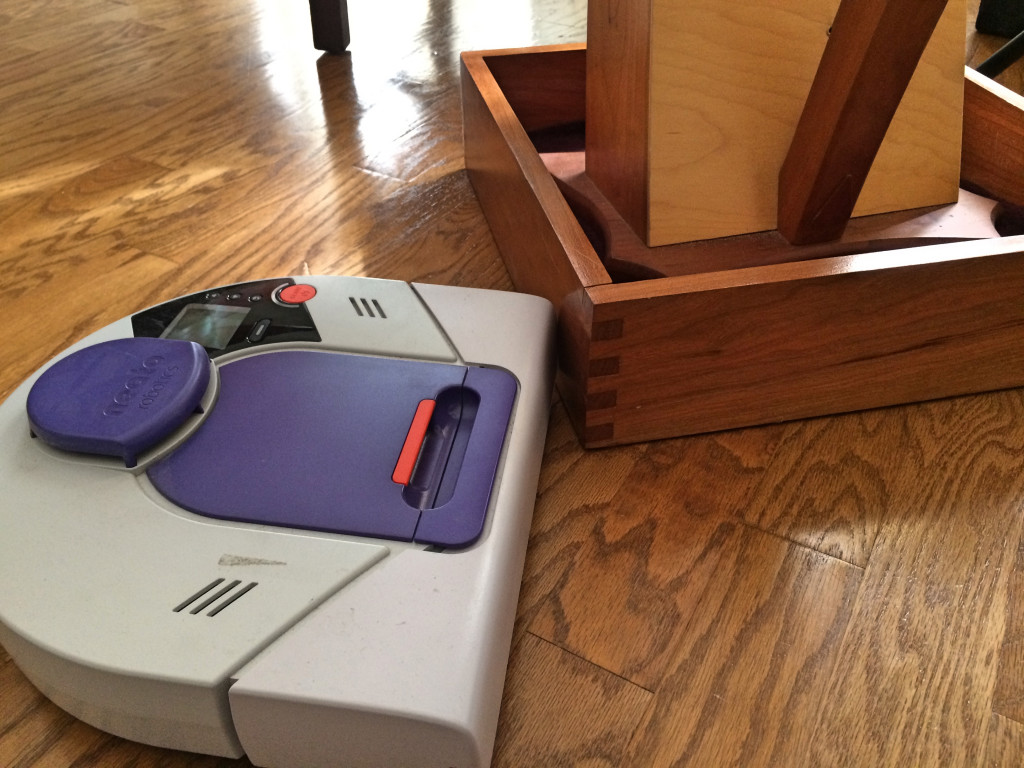I am incredibly stubborn when it comes to my instrument. I think that as harpists we have to be… there are certain things that we require as musicians (an appropriate bench, safe set-up location, suitable pay for work, respect from employers and colleagues, just to name a few) because of the size and fragility of our instruments. With only a few exceptions, I am the only person who moves my personal harp. Stubbornness is par for the corse in our world… but sometimes people choose to take that stubbornness to a whole different level.
That one school in Paris…
The harp studio at the Paris Conservatory was established in 1825 by François Joseph Naderman (1781-1835). At this time the double-action harp patented by Sébastien Érard had been around for 14 year, and had been widely accepted as a superior instrument to the single-action pedal harp. One would think that it would be this instrument that Naderman would have chosen to promote through his new position at the Paris Conservatory, but this logical thinking does not take into consideration his family history…
Na-na-naderman – king of the single-action
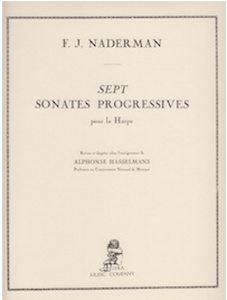 When you hear the name Naderman, it is this guy, François Joseph, that comes to mind. He is responsible for numerous compositions for harp in both a solo and chamber setting, as well as Sonates Progressives Op. 92, which is still an important part of the harp literature today. But it is his father, Jean Henri Naderman, who, it can be argued, influenced his son’s choice to continue using an out-dated instrument as a tool at what was the most significant school for western music in the world at that time. Jean Henri was a luthier who moved to Paris in 1756 and began making single-action pedal harps and went on to become one of the most significant harp makers in 18th century France. He was commissioned by Queen Marie Antoinette to create the perfect pedal harp with the help of Czech harpist Jean-Baptiste Krumpholz.
When you hear the name Naderman, it is this guy, François Joseph, that comes to mind. He is responsible for numerous compositions for harp in both a solo and chamber setting, as well as Sonates Progressives Op. 92, which is still an important part of the harp literature today. But it is his father, Jean Henri Naderman, who, it can be argued, influenced his son’s choice to continue using an out-dated instrument as a tool at what was the most significant school for western music in the world at that time. Jean Henri was a luthier who moved to Paris in 1756 and began making single-action pedal harps and went on to become one of the most significant harp makers in 18th century France. He was commissioned by Queen Marie Antoinette to create the perfect pedal harp with the help of Czech harpist Jean-Baptiste Krumpholz.
Coincidence? I think not.
The fact that FJ Naderman made the choice to continue the out-dated use of the single action pedal harp has to have had a lot to do with the fact that his family was still making these instruments. It was in his own financial interest to create a market for these instruments, and the Paris Conservatory became the last hold-out of single-action use until Naderman’s death in 1835.
Student rebellion
If you think that Naderman’s students sat around and just accepted his refusal to adapt to the times, you are wrong. One of his students, Félix Godefroid (1818-1897) became enamored with the double-action pedal harp while studying with Naderman in Paris and made the choice to leave the studio before completing his studies in order to pursue a career as a double-action pedal harpist. He later went on to be called the “Paganini of the harp.”
Other students, including Félix’s brother Jules-Joseph Godefroid (1811-1840), Antoine Prumier (1794-1868), Robert Nicholas Charles Bochsa (1789-1856), and Theodore Labarre (1805-1870) chose to remain with Naderman and continue studying the single-action pedal harp, only moving to the double-action harp once their schooling had been completed.
The end of an era
Upon the death of JF Naderman in 1835 the harp studio was handed off to former student Antoine Prumier (Professor of harp at the Paris Conservatory 1835-1867) who officially changed the preferred instrument at the Paris Conservatory to the double-action pedal harp.
FJ Naderman was just a little too 1810 for his time; stuck in the past, unable to move forward with the waves of progress. The lesson we can learn from this (especially in our little harp world)? Be open to change. Be open to trying new things. Move outside of your comfort zone as often as possible. It might be comfortable to play that piece you know so well, but it will be a much more rewarding experience to work on something new. Try a new kind of music that you have not experienced (or even disliked) or just take some time to improvise at your instrument. Don’t be stubborn and unwilling to bend in music, because life is much more interesting when one allows themselves to be open to change!!
Speaking of change: looking to mix up your gig book a little?? Check out the music of two of our featured harpists this week: FJ Naderman, and Félix Godefroid – 1, 2, & 3 (these links will take you to each harpist/composer’s IMSLP page, where open source music can be downloaded for free. Almost all of Naderman’s listings include harp, but few harp works have been uploaded for Godefroid. The three linked numbers will bring you directly to the works written for harp). Much of the Naderman can be easily worked up and makes for lovely filler music at background gigs (when I am sick of playing “All of me” by John Legend I pull one of these out!). Godefroid’s music is more challenging (remember he was writing for the double-action harp, not the single), but is extremely effective and charming with a little work!
Check back in 2 weeks for more #harphistory!!









